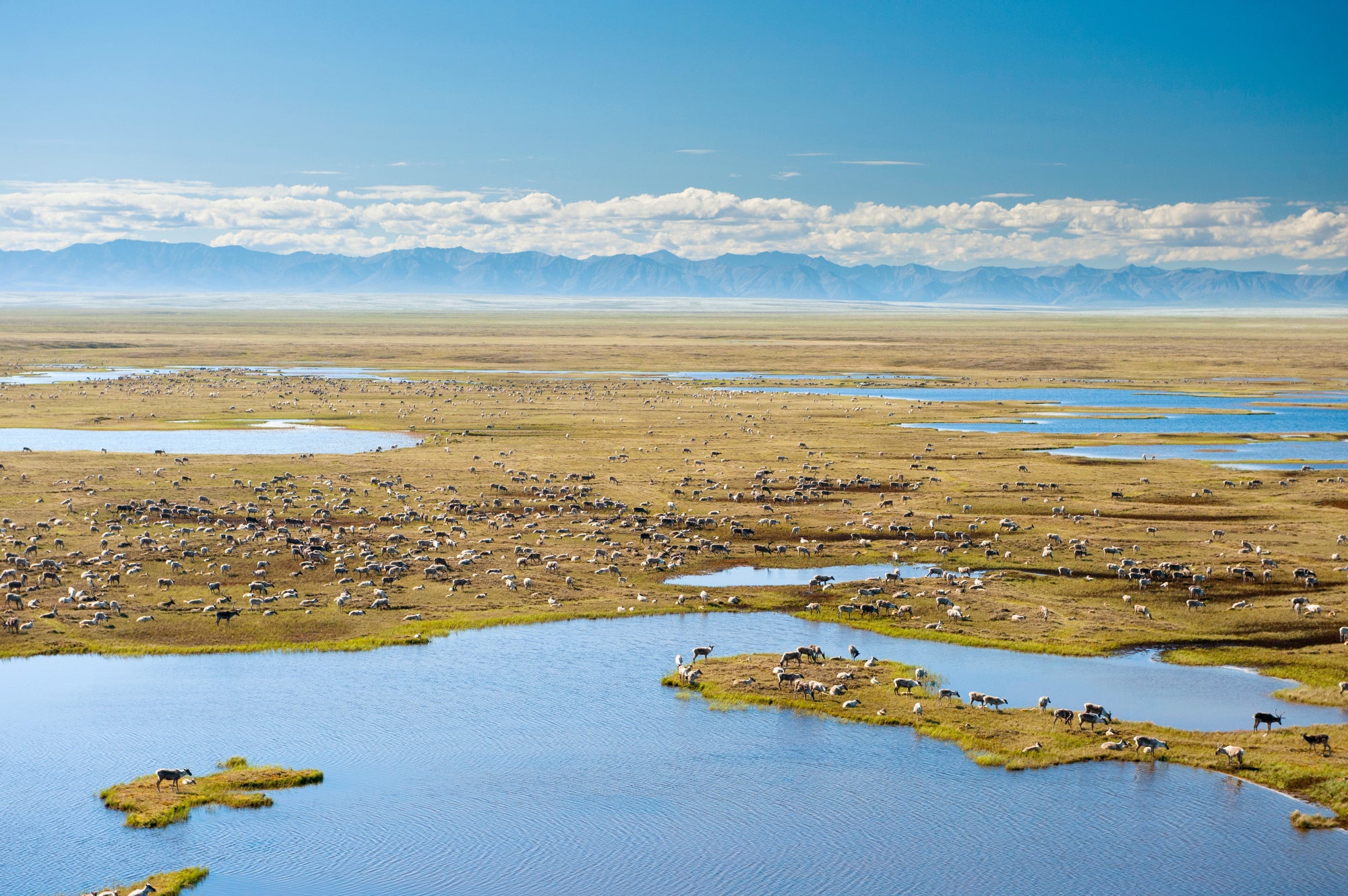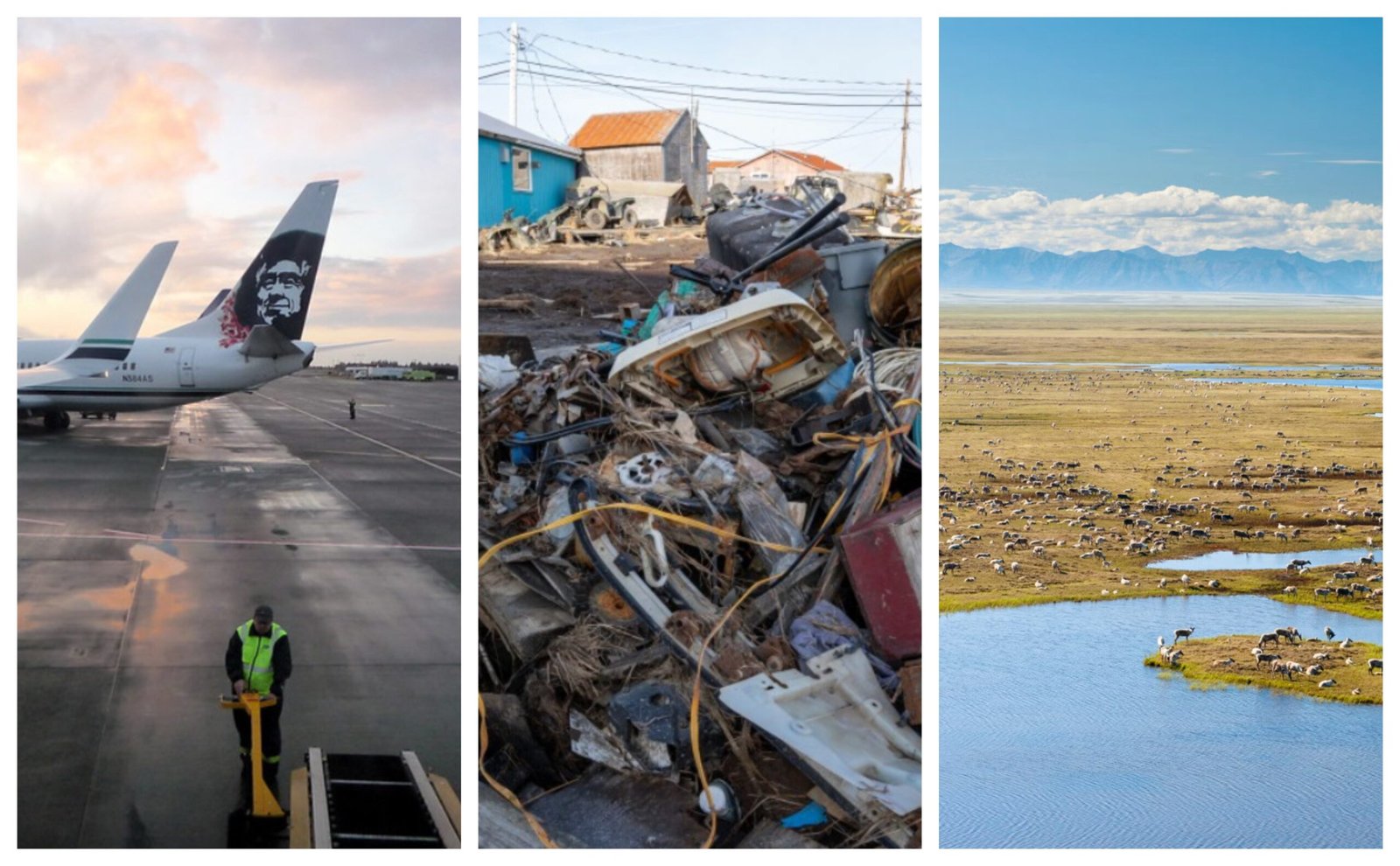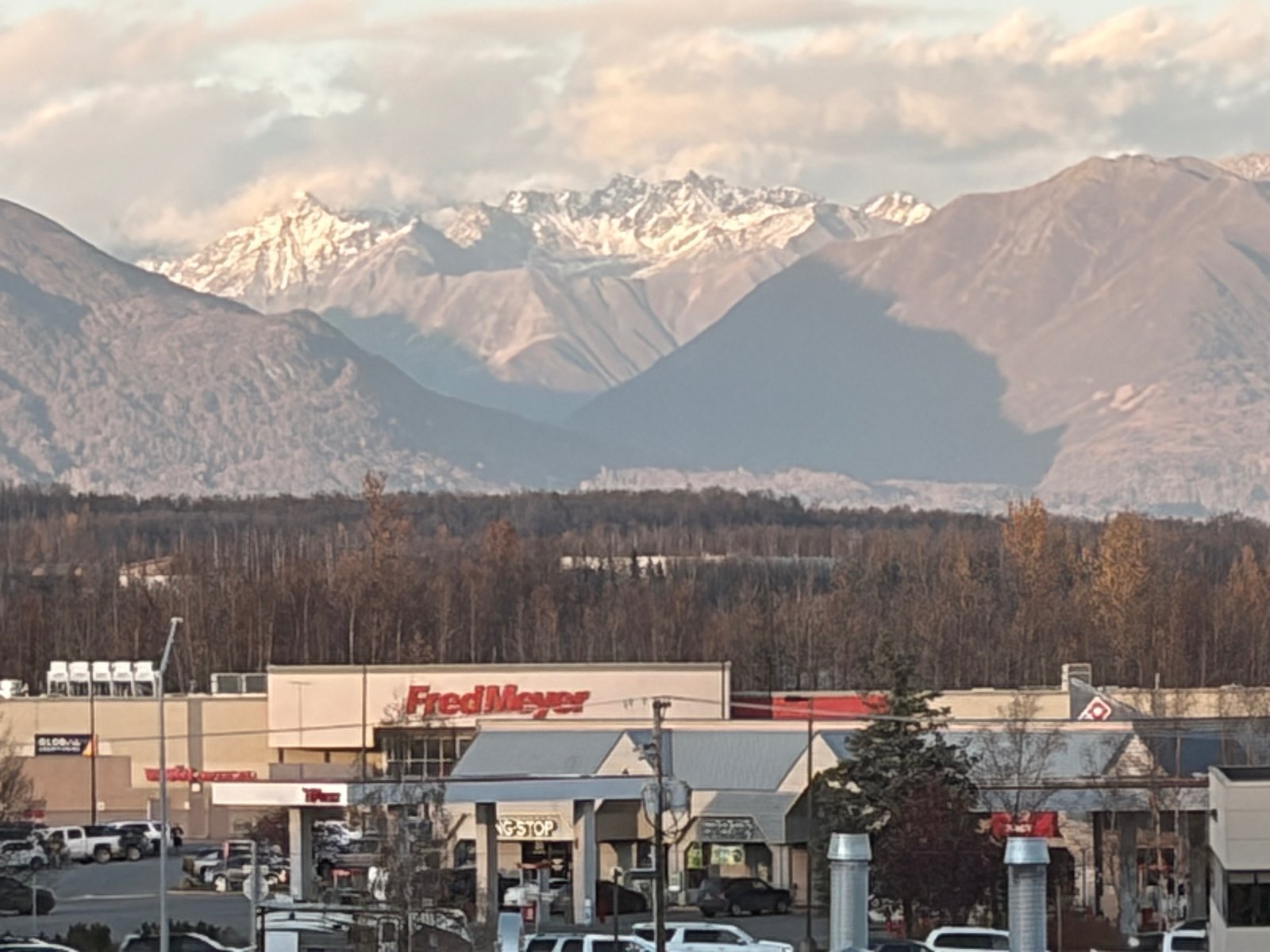Flights froze, floodwaters rose, and federal land deals redrew the map. A snapshot of the Last Frontier in motion.
By Gina Hill | Alaska Headline Living | October 2025
1. Nationwide Ground Stop for Alaska Airlines

Travel across Alaska (and beyond) came to a halt when Alaska Airlines experienced a system-wide IT outage Thursday evening. The airline requested a full ground stop of its fleet, including subsidiary Horizon Air, around 3:30 p.m. PT, grounding planes nationwide and snarling travel plans from Seattle to Anchorage.
The FAA confirmed the pause stemmed from an internal technical issue that crippled flight dispatch, check-in, and crew scheduling systems.
Operations gradually resumed overnight, but the outage marked the second major disruption for Alaska Airlines in less than six months, raising new questions about system resilience and backup protocols.
2. Disaster Aid Reaches Western Alaska After Typhoon Halong

The remnants of Typhoon Halong hammered Western Alaska this month with hurricane-force winds and storm surges that swallowed entire coastal roads. Villages including Kipnuk, Kwigillingok, and Toksook Bay saw homes torn from foundations and widespread power loss. FEMA
President Trump signed a major disaster declaration Thursday, unlocking $25 million in immediate federal aid for recovery and relocation efforts. A multi-agency task force is coordinating logistics to move more than 650 evacuees from shelters into temporary housing in Anchorage as winter closes in.
3. Federal Government Unlocks Alaska’s Wilderness
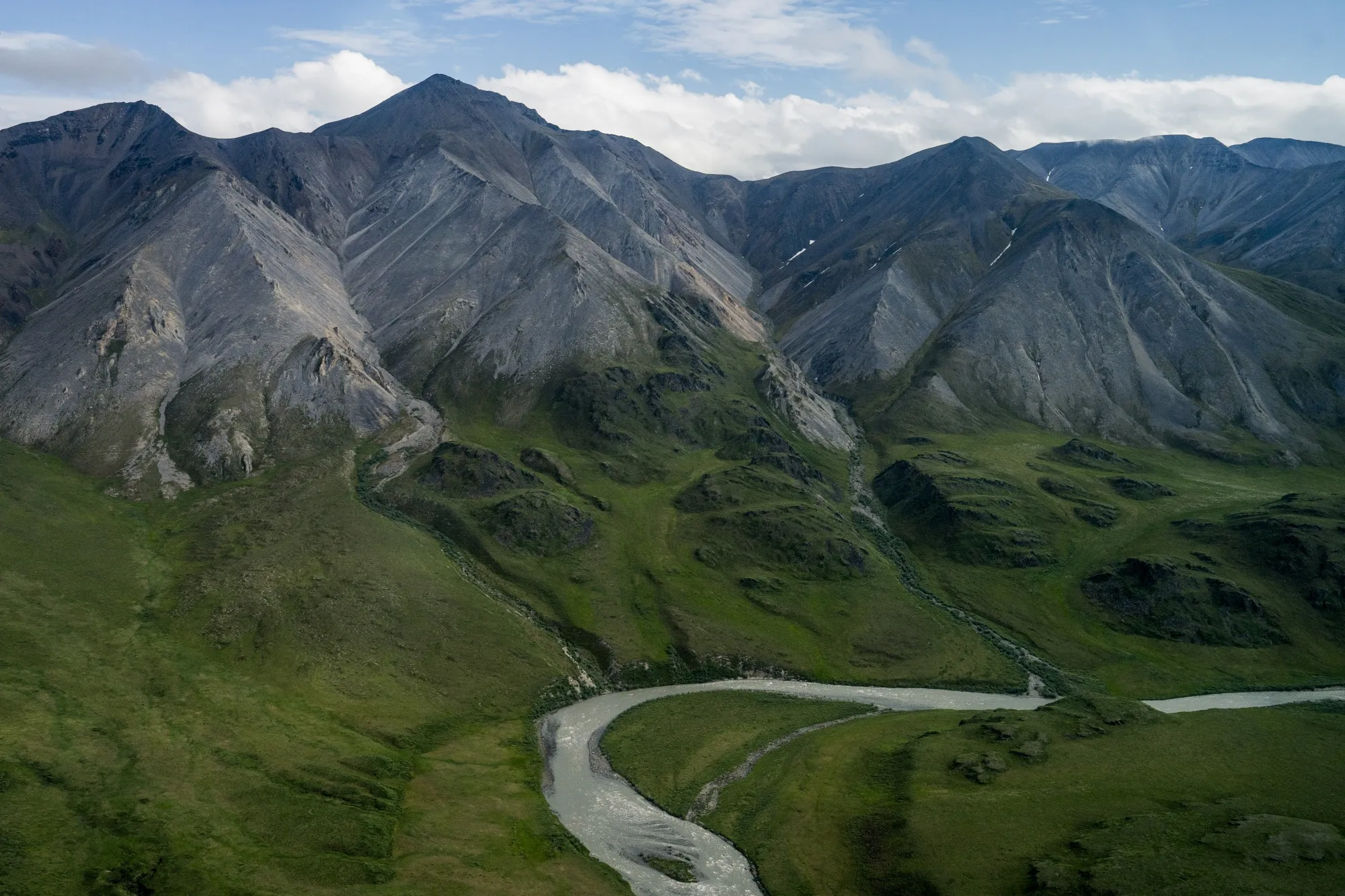
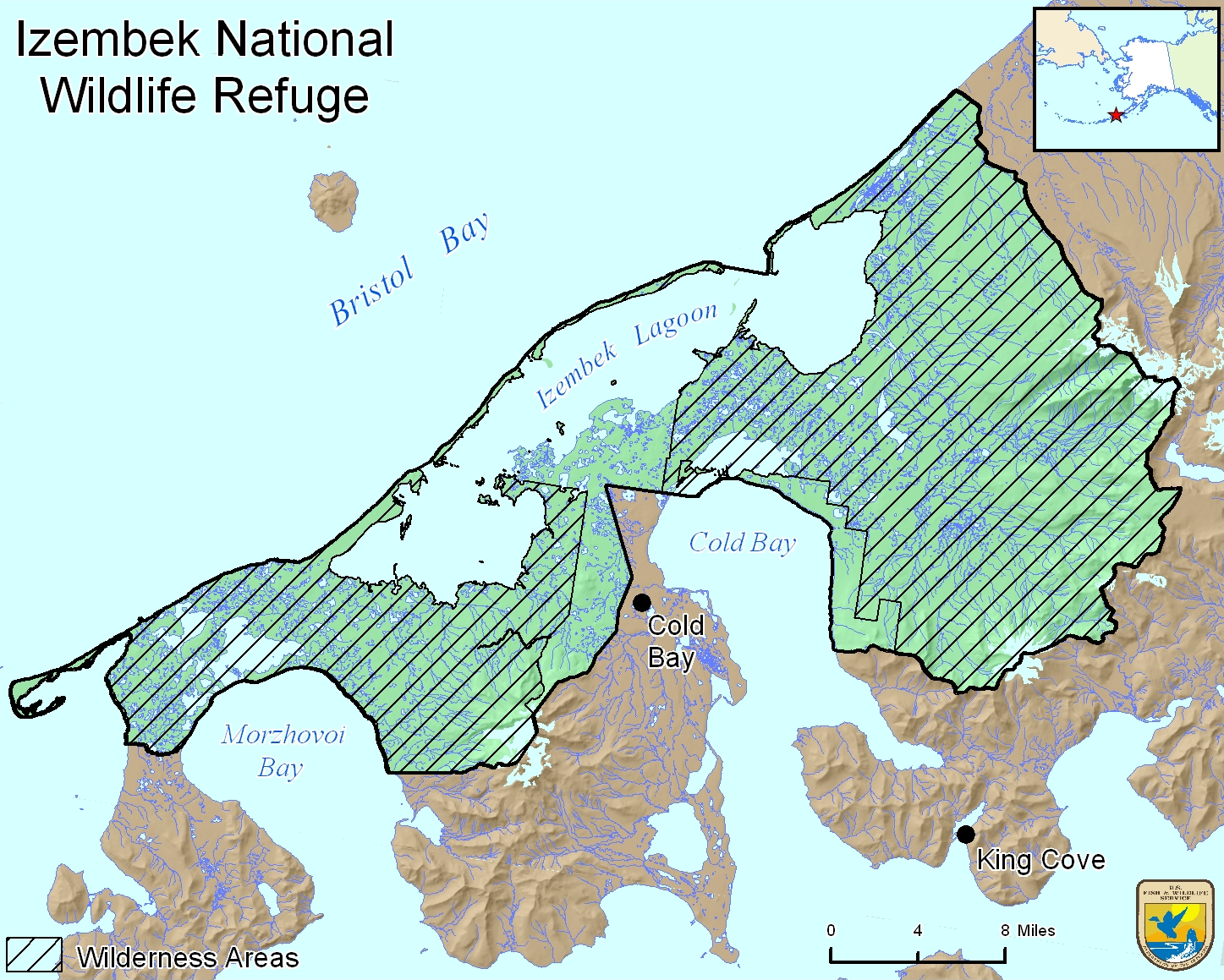

The U.S. Department of the Interior unveiled a package of decisions set to reshape Alaska’s land-use map, balancing development and conservation with bold new moves:
- Opening 1.56 million acres of the Arctic National Wildlife Refuge (ANWR) for potential oil and gas leasing.
- Approving the long-debated Izembek Road corridor linking King Cove to Cold Bay, long sought for emergency medical access.
- Re-issuing permits for the proposed 211-mile Ambler Road mining corridor in Northwest Alaska. (DOI.gov)
👉🏿Supporters call the plan a “return to local control”, expanding access and job opportunities.
👉🏿Environmental and tribal leaders warn it threatens vital habitat and erodes Indigenous subsistence rights.
